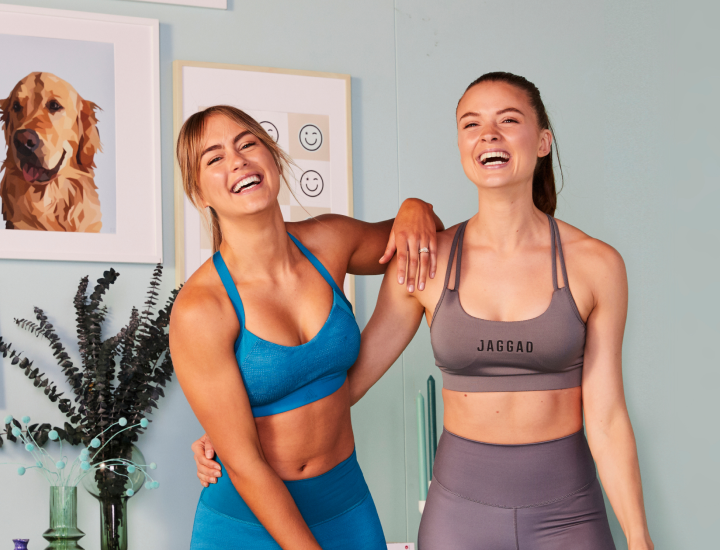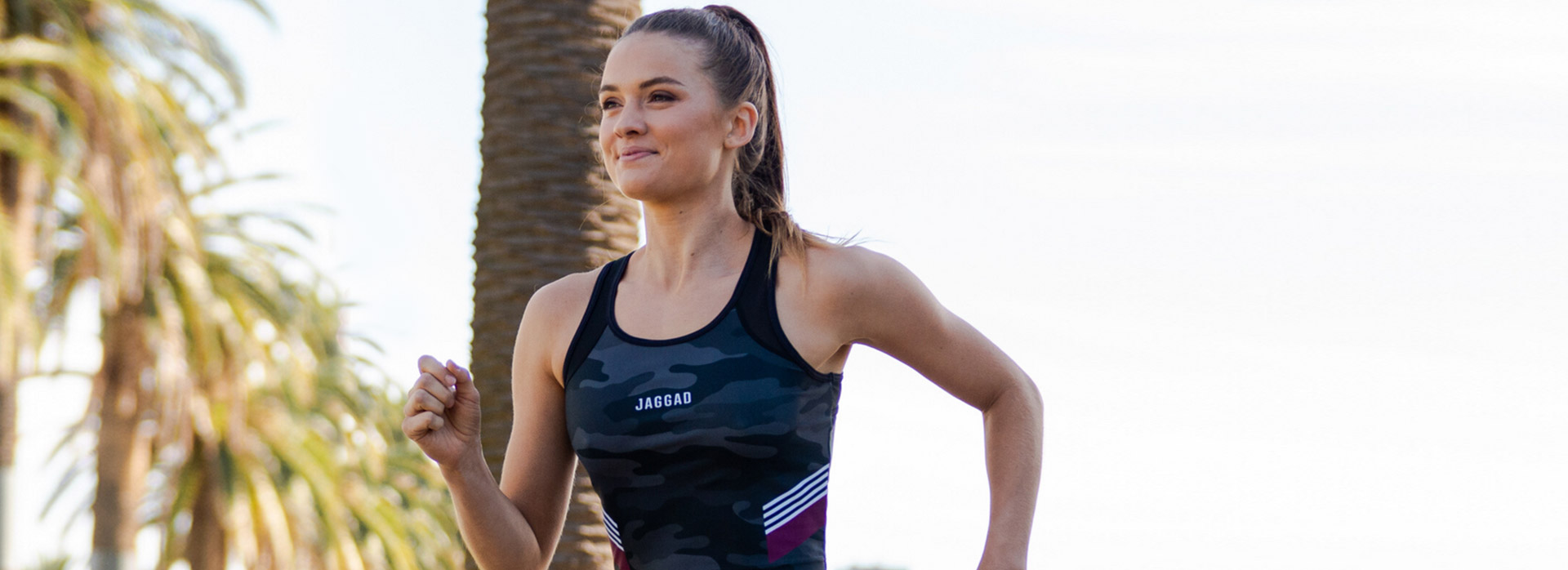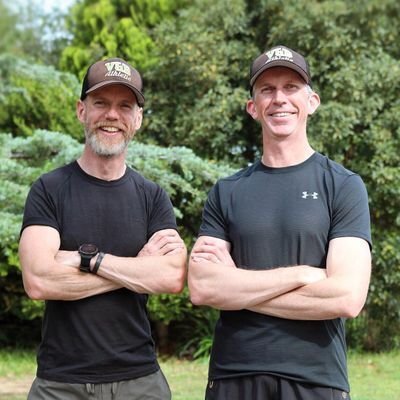Top 5 Tips For Recovery With V&B Athletic
So you’ve taken your workout routine to a new level or you’re just starting to exercise again after some time off. You may be beginning to notice that with this new exhilarating increase in activity comes something not so fun.
Aching muscles and soreness in places you never even felt before!
We often get asked how we recover from our workouts and so we’ve listed our top 5 tips for you!
Take a cold shower
Seriously, it works! Simply by taking a quick cold shower post-workout, you can help reduce soreness and inflammation from whatever gruelling session you’ve just put yourself through. And the colder it is, the better!
Any activity that causes your muscles to exert beyond their accustomed limits, such as high-intensity exercise, leads to microscopic tears in the muscle fibres and inflammation in the connective tissue.
Coldwater therapy or immersion activates the body’s natural healing response and has been found to help counteract the after-effects of high-intensity exercise as it lowers the temperature of damaged tissues and constricts the blood vessels. This, in turn, helps to reduce any swelling and inflammation. Which is why you often see NRL and AFL players visiting their local swimming pool or beach following a game.
Coldwater therapy can even provide long-lasting changes to your body’s immune, lymphatic, circulatory and digestive systems that enhance the overall quality of life!
Good Night!
Getting a good night’s sleep isn’t just about the hours, it’s about getting the highest quality sleep possible.
We wrote about the need for getting the right amount of good quality sleep as the single most important thing you can do in our previous blog post (insert link here: Sleep is your superpower) and even the smallest changes can make a huge difference.
Here are some pointers that will help to get you well on your way to Slumberland!
- Start with a good mattress and a comfortable bed.
- Keep a regular sleep schedule, so that you always wake and get up at the same time.
- Set a routine of stretching or reading to relax and wind down in the hour before you hit the hay.
- Lastly, put away the phone, tablet or computer!
Studies have shown that being exposed to the blue-and-white light given off by electronic gadgets at night prevents our brains from releasing melatonin, a hormone that sets the body’s circadian rhythm, the 24-hour “clock” that helps control when you fall asleep and wake up. Which means it takes us longer to fall asleep and can mess with our internal body clocks. So step away from your phone for better quality shut-eye, overnight.
Discover your inner Yogi
Yoga and running are the Yin and Yang of fitness. The reason? Runners can use yoga practise to balance strength whilst increasing their range of motion and flexibility.
Consider this, an average runner strikes the ground nearly 650 times in a single kilometre, pounding the muscles, joints, tendons and ligaments with each stride. Practising this ancient art regularly is the perfect supplement to an effective running program. And, yes, even one class a week counts.
Yoga practice is so powerful because it’s multi-dimensional, teaching you to coordinate your breathing with each subtle movement.
 The result? An integration of body, mind and breath!
The result? An integration of body, mind and breath!
Through consistent and systematic practice, you can engage, strengthen and place demands on all of your essential muscle groups, which support and stabilise your skeletal system. This offsets the effects of your running workouts, which tend to be more one-dimensional. A win for your body, and your mind!
Good nutrition equals good running
There are gazillions of guides out there on the best nutrition strategies for runners. However, having a decent diet strategy and sticking to it matters more than going hard on the latest eating trend.[Text Wrapping Break][Text Wrapping Break]Having the right advice will help you recover far more effectively than jumping on the latest fad diet as nutrition needs vary from person to person. If you don’t have an idea of what foods work best for you and what to avoid think about seeking out the advice of a qualified nutrition expert to help craft your own diet plan, so you can plan your meals in advance.
However, as a general rule increases to your distance and volume (the accumulated time/distance you’re running over the period of a week), means increasing your calorie needs! Especially calories from quality carbohydrates, such as brown rice and sweet potato, to replenish muscle fuel stores and lean protein, such as fish and skinless chicken, to promote good muscle repair. Dairy foods such as flavoured milk, smoothies or fruit yoghurt can be a great option as they can provide carbohydrate, protein, fluid and electrolytes in one handy serve that ticks all the boxes.
Hydrate! Hydrate! Hydrate!
One of the most fundamental ways to boost recovery is hydration.
But it’s so often overlooked. Our muscles are actually 75% water, which makes getting enough H2O, daily, even more vital. While the role that hydration plays during exercise is widely accepted, the power of post-workout and daily hydration is key to unlocking optimal performance, as water plays a significant role in repairing muscles damaged during exercise.
Exercise causes muscles to become stronger by first breaking them down and then rebuilding them using muscle protein synthesis. This synthesis, however, hinges on muscles being well hydrated. If you’re dehydrated following a workout, the protein synthesis that rebuilds muscles will be slowed, subsequently delaying recovery from the workout and increasing the soreness from inflammation. There are many different opinions on how much water you should be drinking every day. Health authorities commonly recommend eight 8-ounce glasses, which equals about 2 litres. When exercising regularly, aim to increase this to 3 litres of water each day for peak performance!
You might also like
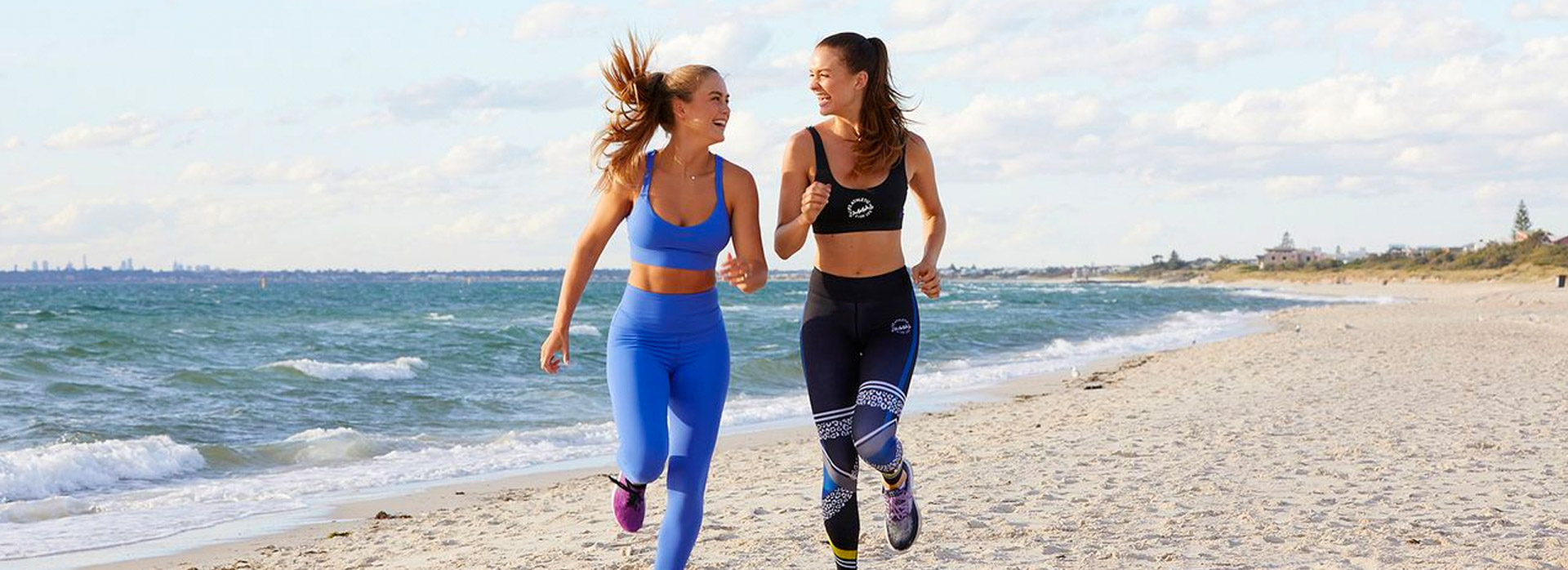
- Blog
- FITNESS
Running; you either love it or you stick with it until you do! Whether you’re brand new to running, or you’ve been running for awhile, these tips by our friends at V&B Athletic will help with your technique and recovery. Hopefully they will inspire you to take your running to the next level.
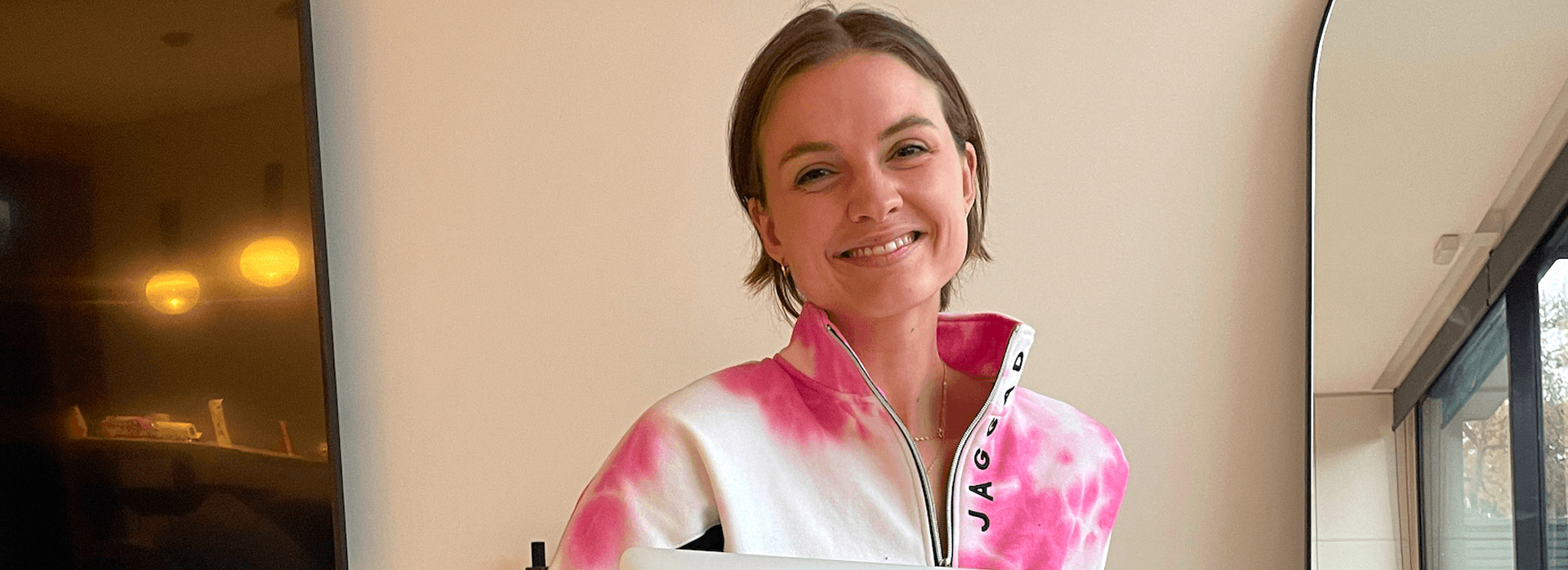
- Blog
- WELLBEING
As much as I absolutely love my fast-paced daily routine, moving my body and my nimble work environment I know how important it is to make sure that I give myself adequate time to rest. When I stop and rest, the positive impact it has on my body and mind never fails to surprise me. […]

- Blog
- FITNESS
The fitness industry is full of advertising for quick fixes and shortcuts to a happier, healthier, slimmer, stronger or “better” version of you. Almost without exception these provide limited to no long-term or sustainable results and ultimately are no substitute for a balanced lifestyle, diet and regular exercise. There is, however, one very significant exception […]
